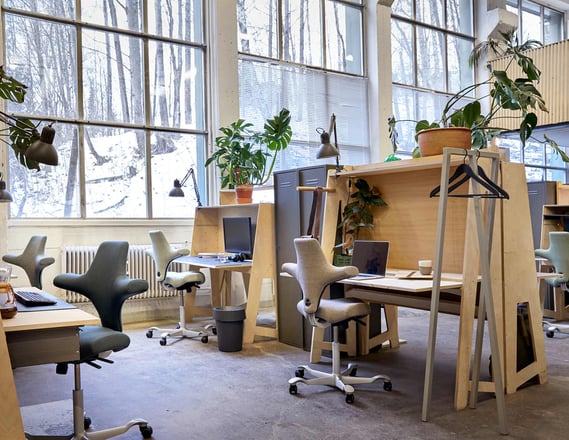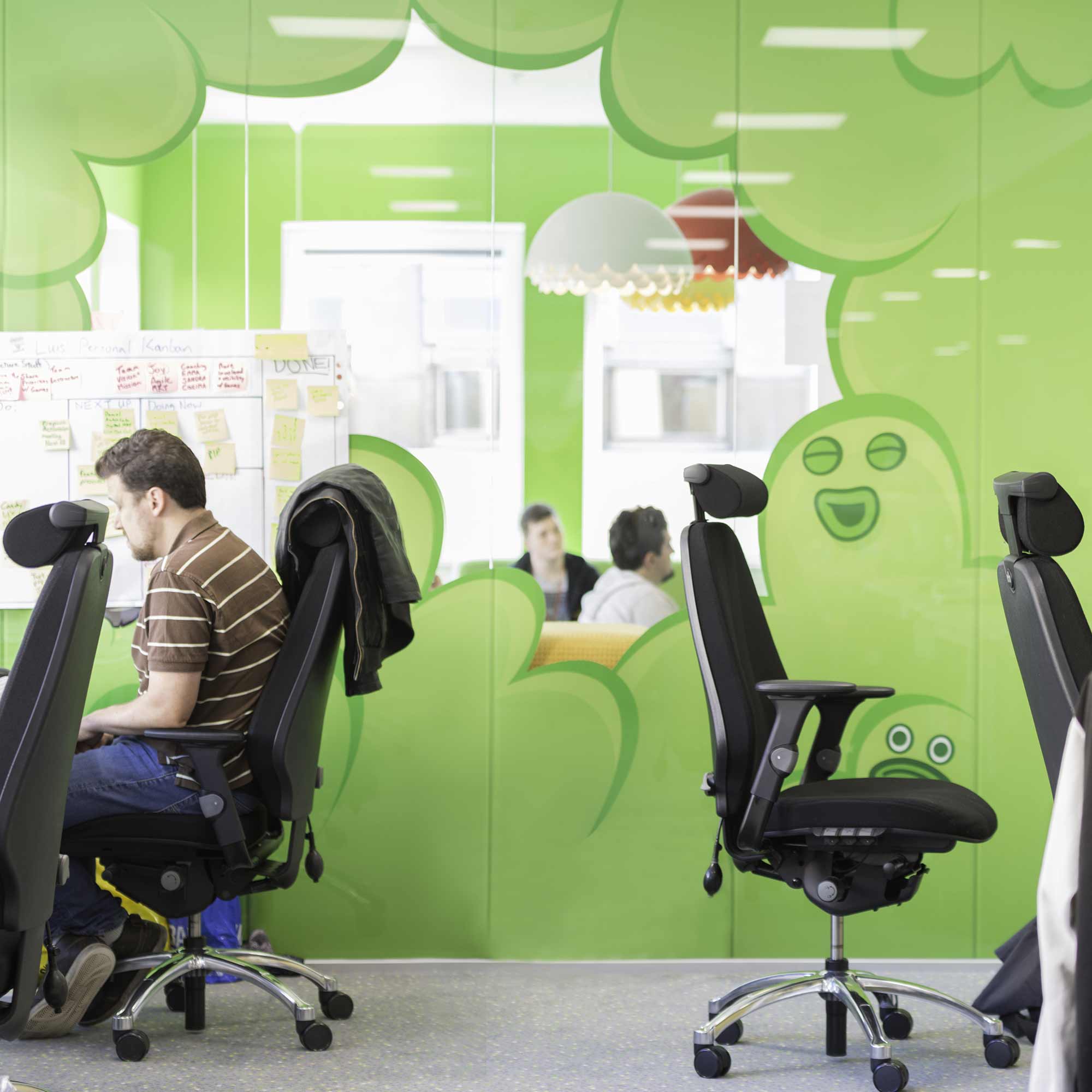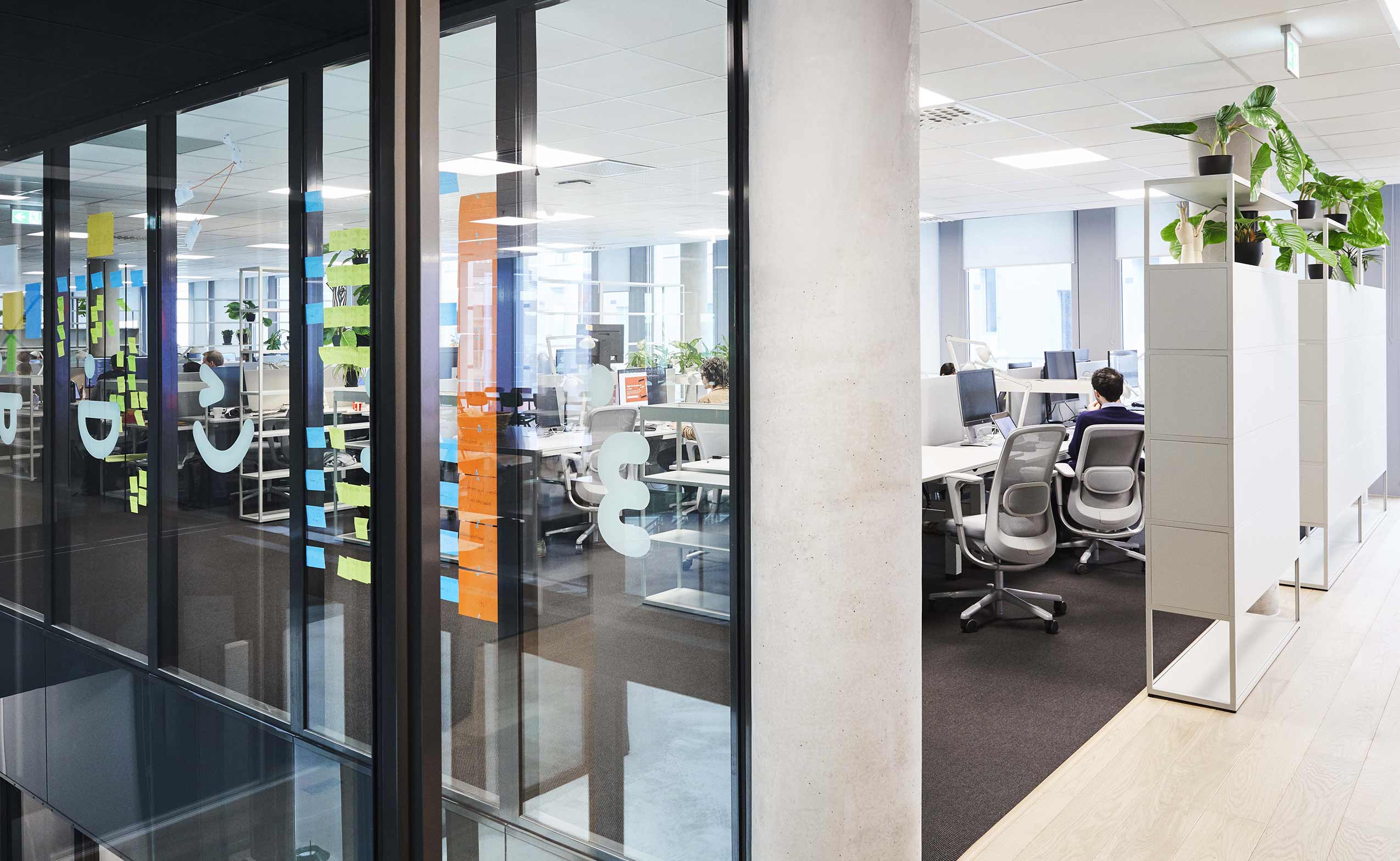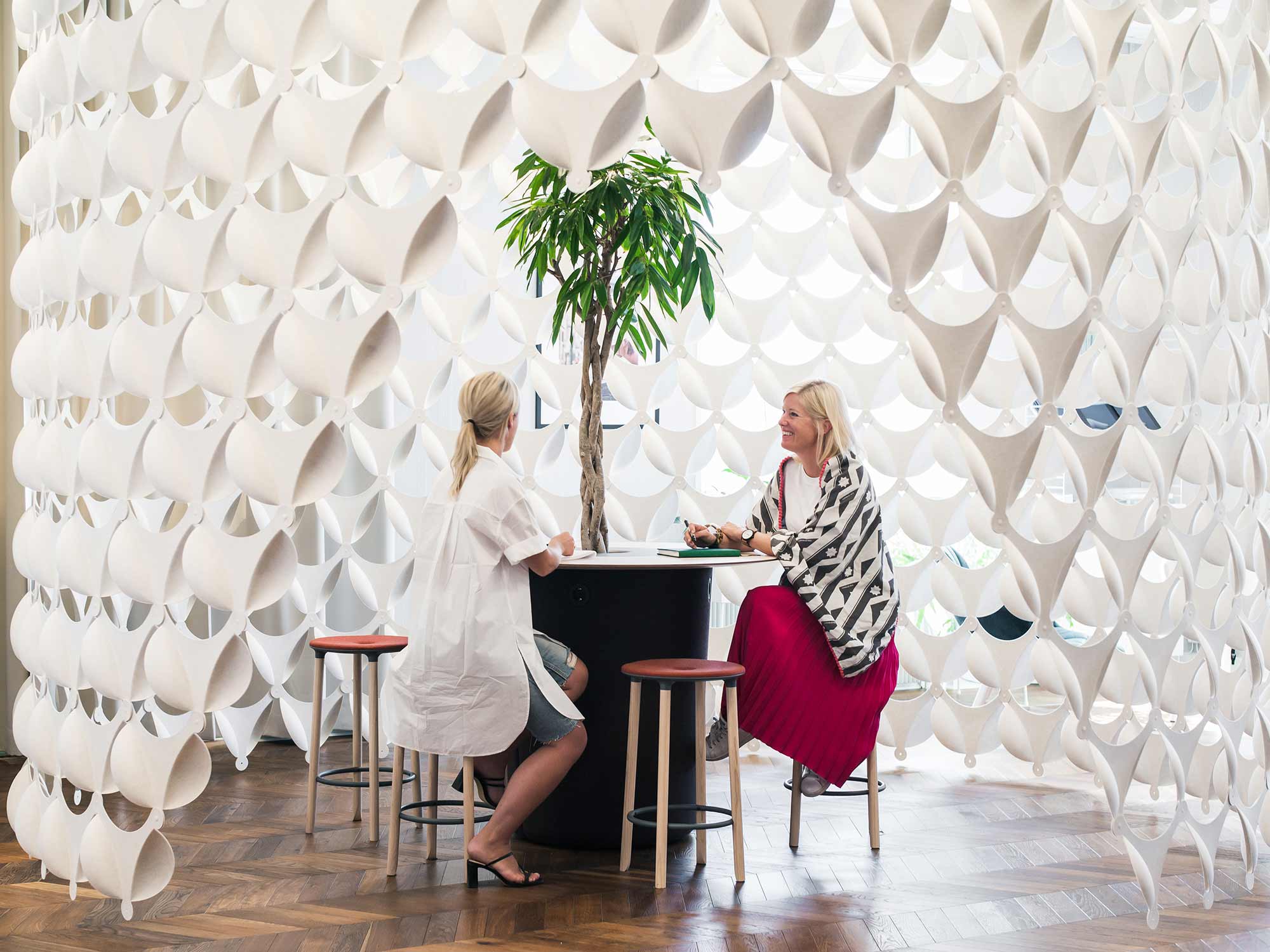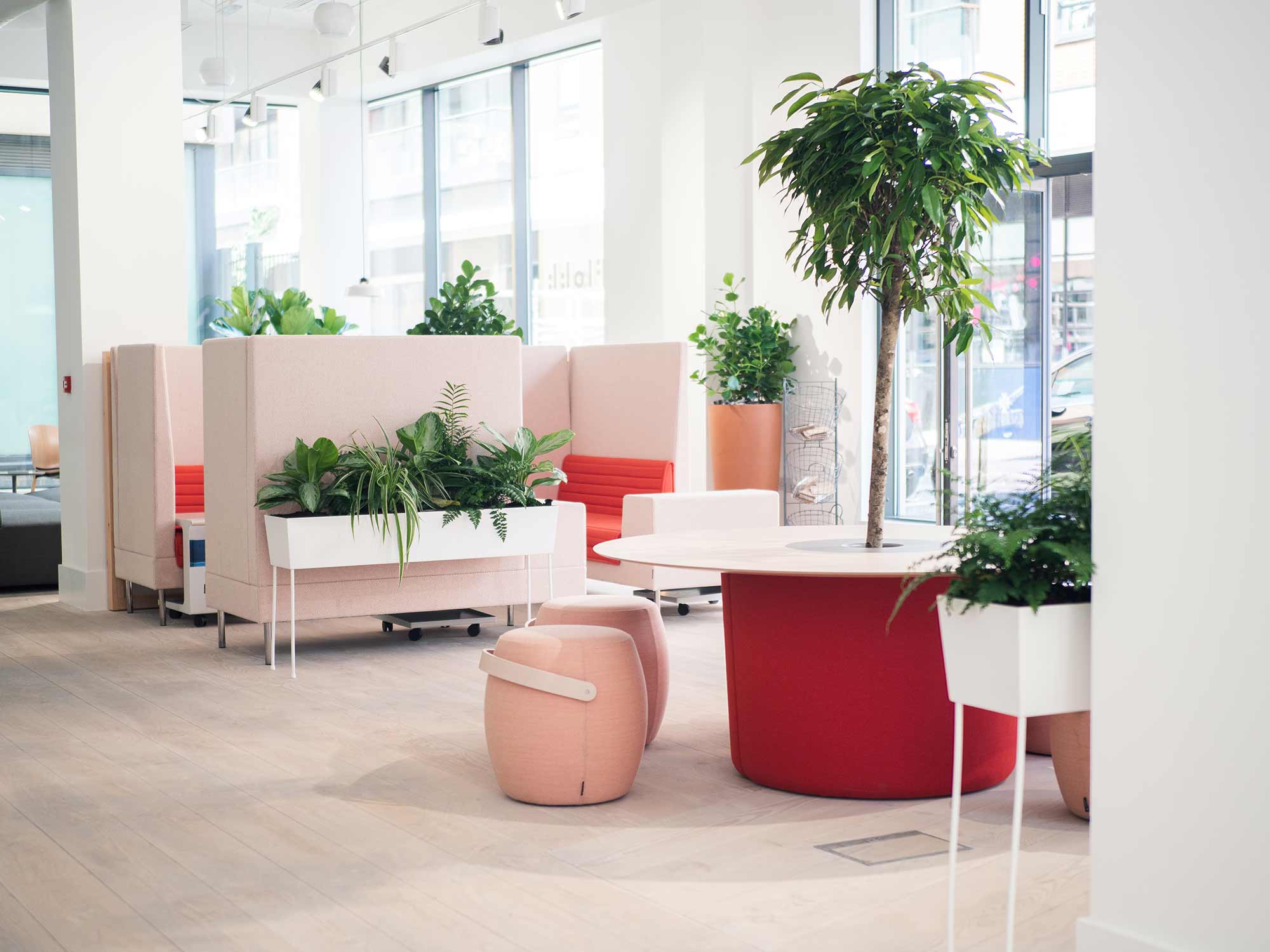In 2020, the forced uptake of remote working meant businesses had to adapt their workplace policies and technologies at a rapid pace in order to support their employees. With positive reports from various national Covid-19 vaccination programs, there is a growing belief that we are near to the return to the office. However, the past year has led many to reconsider the idea of what the office should be, both as a physical space and the overall employee experience it offers.
Every day new reports surface that major companies around the world expect their workers to remain at home at least a few days a week, which would mean that for every worker to have their own personal workspace is no longer cost-effective, or indeed practical. This distributed workforce model, or more recently the activity-based workspace, is not something new, but it has been slow to gain traction and is often resisted by employees who are too attached to the idea of a permanent camp in the office.
With workers now expecting to work from home at least some of the time, there could be a much higher acceptance of a more dynamic office with unassigned workspaces. Employees will still want to feel a personal attachment to their working environment, meaning companies will have to think of new and creative ways to design their workspace to make employees feel like they belong. Here are just a few ideas on how to do this.
Community feel through design
Having a personal desk isn’t the only way to make someone feel at home in the office. Assign teams to specific zones or “neighbourhoods”, which are designed specifically for what they do. If one team does lots of collaborative work, provide a suitable meeting room. Another might need whiteboards or erasable surfaces, or extra space for focused work. The idea is to create a space customised for their needs. On top of that, you add in the style. Pinboards to add team-related photos, memos or mementos, and artwork chosen by the team. The whole team will feel at home, no matter where they choose to sit.
The key to this is to promote a new way of thinking, from the “me space” to a “we space”.
Modular design allows for future adaptions
One thing the last year has shown us is that being adaptable is key to survival. By using modular furniture and office fittings, you can allow your teams or neighbourhoods to shrink, grow and evolve when needed. It also allows switching from solo-focused desks to open-plan or collaborative spaces without any fuss.
Intuitive, flexible furniture
One of the most important tools an employee will use at the office is their chair, and it can be off-putting and discouraging if you have to continually adjust the settings to get it to fit after someone else has used it, especially if the settings are complicated or hard to access. By sourcing intuitive designs that have simple features whilst still offering the correct level of support will help employees feel comfortable. Choosing customisable furniture will also allow you to colour code chairs to the correct neighbourhoods, and allow individual neighbourhoods to choose their preferred designs.
Keeping everyone connected
When designing your neighbourhoods, ensure that vital equipment and facilities, such as the bathrooms, kitchens and copy machines, are within reach. By placing teams far away from these necessities they may feel isolated or neglected. By having communal socialisation spaces on every floor you create “collision zones” which encourages collaboration and networking between neighbourhoods.
Mobile technology = standard
With employees workspace switching from the home to the office on a regular basis, being able to use the same computer wherever they are will make staff more productive and happy. Replace desktop PCs with laptop cradles or easy to connect, fixed monitors in every workspace allows people to sit down and plugin quickly and efficiently at any workstation. Luckily many organisations have converted to laptops over the past year, making this less costly than previously.
Personal, intuitive designs for the workplace
Flokk designs and produces furniture for complete workplace solutions, offering a range of seating, tables, acoustic panels, and more. Explore our website to check out our latest designs and find out how we can help your business today.
Explore our products
